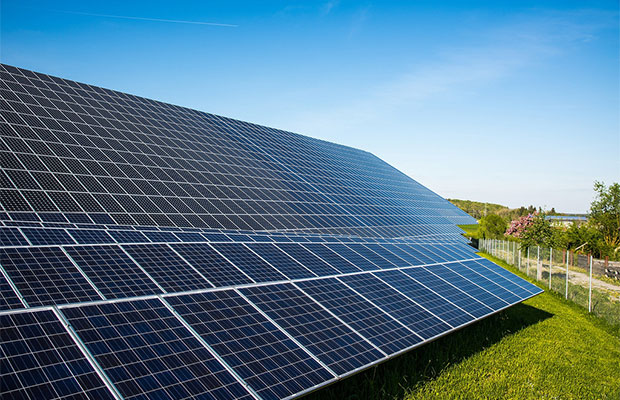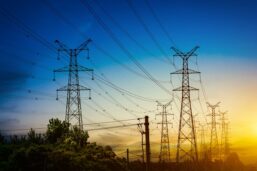
When compared with bifacial dual glass, Swan bifacial with transparent backsheet has proven to reduce approximately 3 percent BOS costs.

Bifacial technology was one of the most talked of technology trends in the photovoltaic (PV) industry since 2018. With cell makers able to manufacture bifacial products at only a marginally higher cost than mono facial, the incentive to add rear-side power output to a PV module became compelling.
JinkoSolar is not only among the tier1 manufacturer but also among the first to get into bifacial. It is also the first one commercialising bifacial technology with a transparent backsheet – Swan.
Dany Qian, the global vice president of JinkoSolar, spoke on bifacial module with transparent backsheet. Here is an edited transcript:
Q: All leading manufacturers are developing glass-glass bifacial modules, why is JinkoSolar promoting the use of transparent backsheet?
DQ: Frameless double-glass modules field failure is not uncommon. Bowing or deformation in frameless, dual glass modules were occasionally reported, causing the cells to crack and the glass to break. But framed double glass is too heavy, resulting in higher EPC and O&M costs substantially. The increased cost on logistic, freight, labor, plus additional burden on mounting structure offsets the benefits of generation enhancement. While JinkoSolar’s Swan bifacial with transparent backsheet provides a 25 percent less weight alternative, resulting in 20 percent reduction of labor cost. What historically was a two man lift may require three men resulting in greater labor costs. Compared with Swan, conventional double glass bifacial requires trackers to be stronger and piles to be deeper, which leads to 15 percent more mounts costs and 5 percent more O&M cost.
Q: Will the bifacial module height off the ground lead to higher BOS costs?
DQ: If compared with bifacial dual glass, Swan bifacial with transparent backsheet is proven to reduce approximately 3 percent BOS costs.
Q: Glass/glass modules are known to have offgassing issues, how does Swan overcome it?
DQ: Swan series using Tedlar PFV film-based backsheet has an acetic acid diffusion rate of 30mg/m2/day1, sufficient to bring the concentration down substantially to prevent corrosion and power loss. This breathable design that releases moisture and acetic acid, preventing encapsulant degradation while reducing the risk of delamination and corrosion.
Q: Customers sometimes point out that when you go for the conventional bifacial, the front side becomes less efficient as a 400W panel may step down to 390W for example. How does Swan overcome it?
DQ: Swan bifacial provides meshed transparent backsheet option, which can increase the second reflection from gap between cell/cell and cell and can achieve the power almost the same as mono-facial module
Q: Does bifacial require a bit more land than mono-facial with wider array spacing to allow more light to the back?
DQ: GCR means the distance between arrays. Land cost is one of the key factor when we do initial system investment assessment, considering about the low irradiance (135W/m2 defined by TUV Rhein when define module integrity power) absorbed by rear side. GCR design is much related to the front side shading consideration. As to certain project module capacity, when we do the system design, both front and rear side module power shall be considered, else it will go beyond the initial system capacity. Therefore, bifacial module efficiency (total power output) will be higher than mono-facial module, then actually less land is required. If under same module quantity condition, land area is same while project yield will be more.



























